
Great Pyramid of Khufu 3D Scanning Project - WORLD SCAN PROJECT’s Challenge
The Great Pyramid of Khufu, known as one of the Seven Wonders of the World, is a pinnacle of ancient Egyptian architectural technology. Its overwhelming scale and intricate design have fascinated and amazed people for millennia. However, many mysteries remain about its construction methods and internal structure, prompting ongoing research utilizing cutting-edge technology.
World Scan Project (W.S.P) is working to unravel the secrets of the Great Pyramid of Khufu through an empirical approach. Recently, we conducted a 3D scanning investigation in collaboration with Dr. Yukinori Kawae, an Egyptologist from Nagoya University and an Emerging Explorer of the National Geographic Society.
Akhet Khufu
King Khufu, who reigned during the 4th Dynasty of the Old Kingdom, has an official name, "Khnum-Khufu" (Khnum protect me), crowned with the name of Khnum, the god of the earth. Although specific records of his reign are scarce, his accomplishment in building the Great Pyramid suggests he wielded immense control over Egypt's wealth and technological prowess.
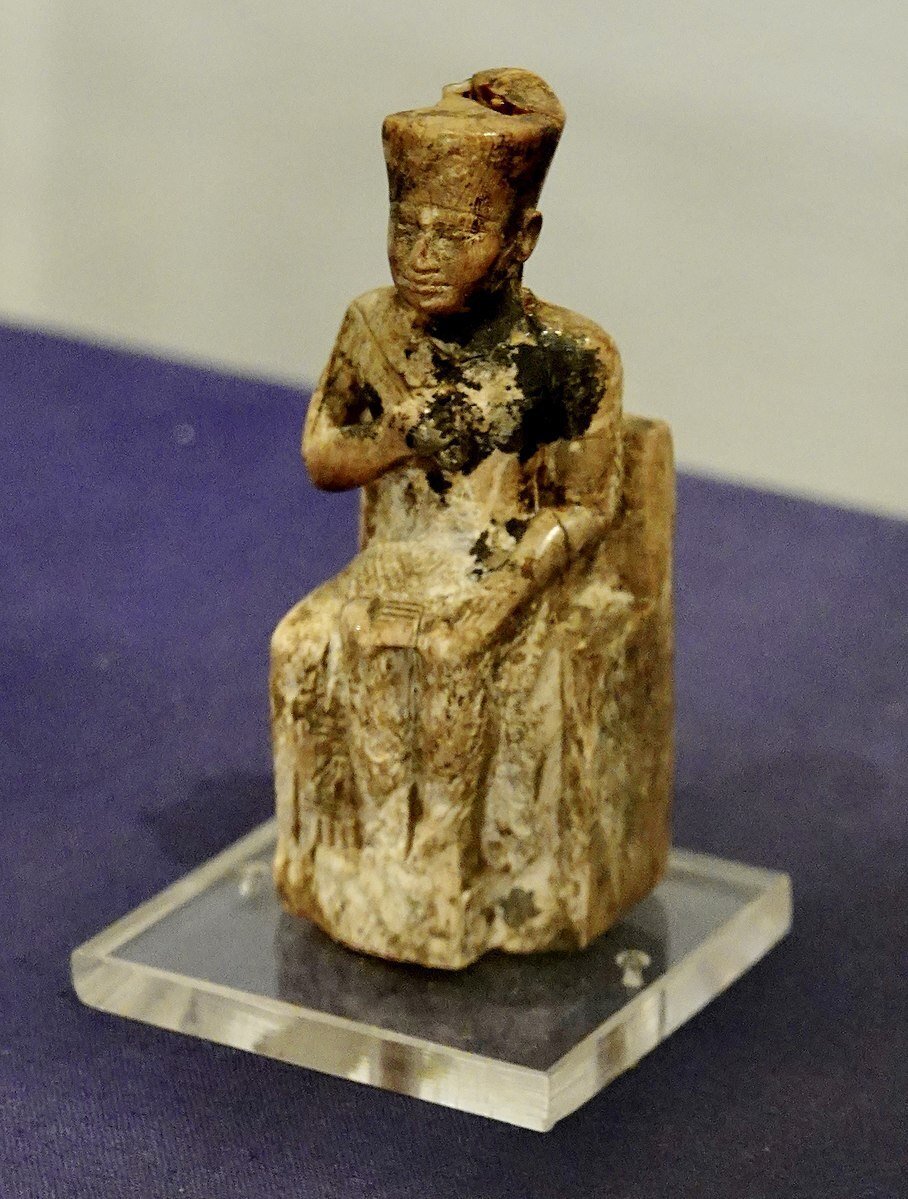
Photo by Olaf Tausch via Wikimedia Commons (CC BY 3.0)
The Great Pyramid, known in ancient Egypt as "Akhet Khufu" (Horizon of Khufu), was constructed over approximately 27 years to serve as the Khuhu's tomb. Consisting of over two million blocks of stone, weighing around 2.5 tons, the pyramid stands at an imposing height of 138.5 meters. Even after 4,500 years, it exudes an overwhelming presence. Notably, the base of the pyramid still retains some of the original limestone casing stones, which once covered the entire structure. These casing stones would have reflected sunlight, making the pyramid shine brilliantly white in the desert landscape, creating an appearance of mystical beauty.
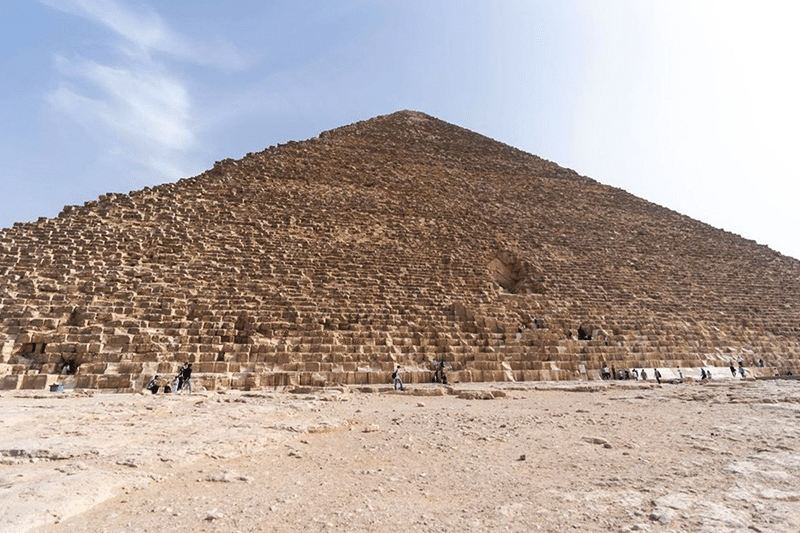
Entrance to the Great Pyramid
The Great Pyramid has two entrances, with the one used by tourists being a robber's tunnel situated 7 meters above the ground. However, the original entrance is located higher up and is almost closed, though part of the gabled structure is visible.
This gabled structure is an important feature of Khufu's pyramid. Until then, the corbelling technique was used to distribute the weight of the pyramid, but King Khufu was the first to introduce the gabled structure. Subsequently, the pyramids of the 4th and 5th Dynasties were constructed using gabled structures, indicating that Khufu's pyramid brought about a significant change in ancient Egyptian architectural techniques.

Mysteries of the Great Pyramid's Interior
The unresolved mysteries of the Great Pyramid extend beyond its construction methods to its internal structure. The purposes of various discovered spaces, such as the underground chamber and the Queen's Chamber, remain unknown.
The "Grand Gallery," leading to the King's Chamber, is another enigmatic space. This grand corridor, approximately 50 meters long and 9 meters high, features a corbelled structure, where the walls slope inward as they rise, demonstrating the high level of ancient Egyptian stonemasonry. The regularly constructed niches and holes in the walls are presumed to have housed devices for transporting massive stones, but their exact purpose remains unclear.
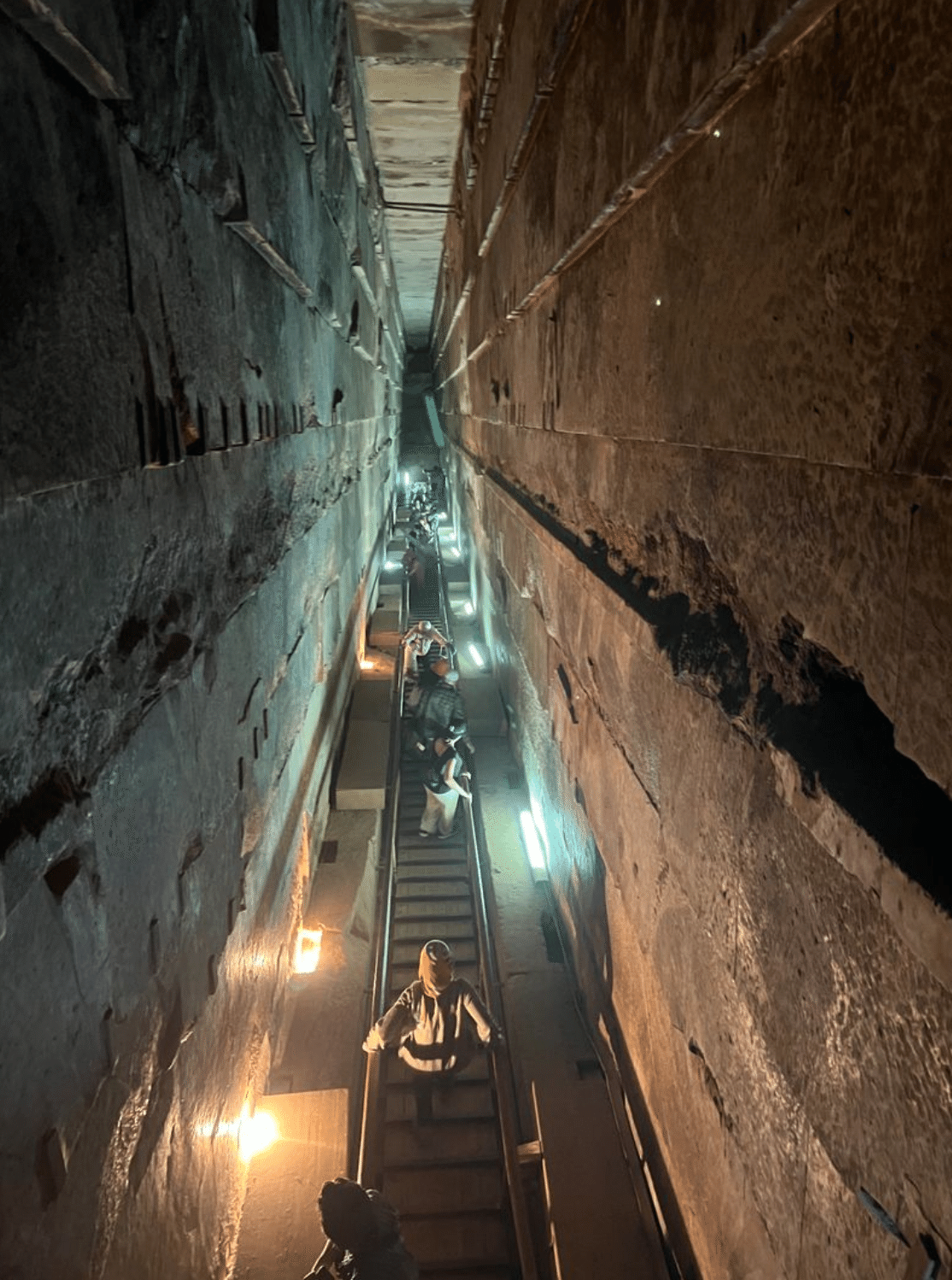

The walls of the "King's Chamber," the heart of the Great Pyramid, are made of polished red granite brought from Aswan. Inside this black, gleaming room lies the king's sarcophagus, exuding a solemn atmosphere. Unlike the block-like sarcophagus of King Djoser in the Step Pyramid, Khufu's sarcophagus was the first to be carved from a single piece of granite, making it of great archaeological significance. Additionally, the sarcophagus bears marks where cylindrical tools were used to cut the stone and holes for securing the lid to prevent looting, providing clues about the stoneworking techniques of the time.
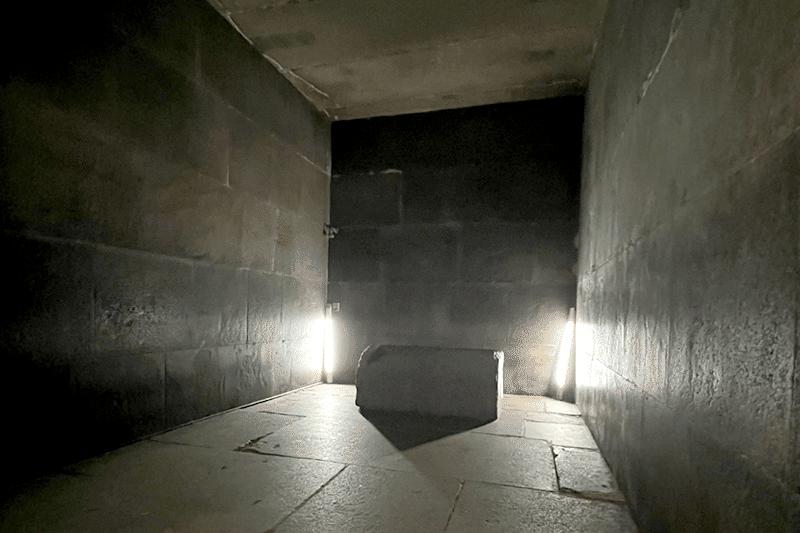

The corridor leading to the King's Chamber was equipped with a "stone fall trap" to deter looters. However, due to the impact of illegal looting, no mummies or artifacts have been found in the King's Chamber, leaving the presence of Khufu's treasures still a mystery.
Relieving Chambers
The "Relieving Chambers," constructed to distribute the weight over the King's Chamber, consist of five layered rooms and a gabled structure at the top. The repairs of cracks seen throughout indicate the trial and error involved in completing this space. The Relieving Chambers are also notable for the graffiti left by both the discoverers and ancient Egyptians.


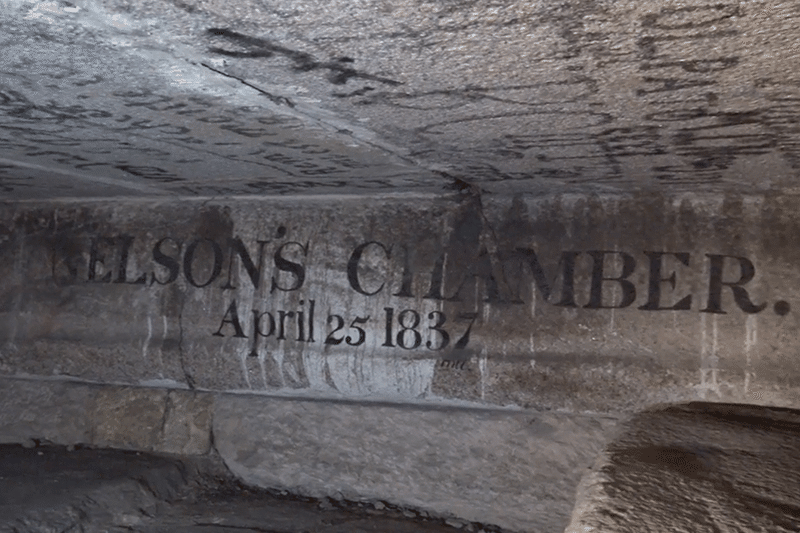
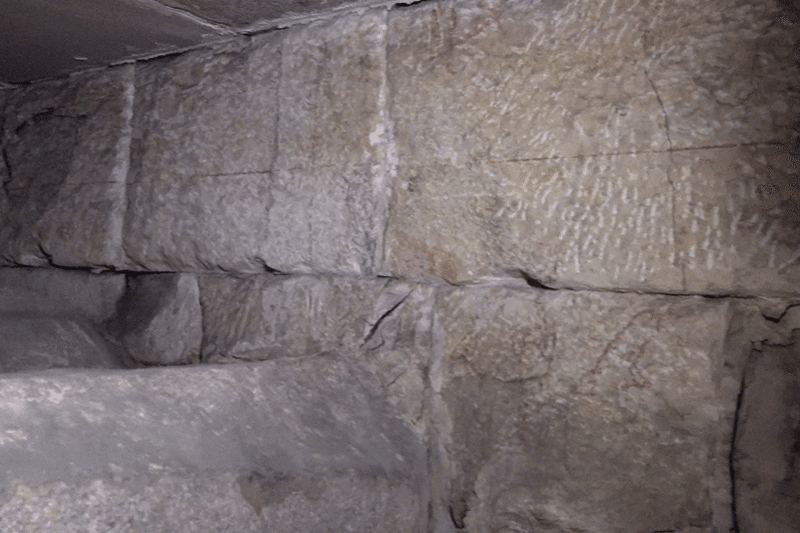
At the top of the gabled structure, there are traces of how the stones were processed. For example, the granite beams weighing 60 to 70 tons show indentations from the quarrying process in Aswan, and other stones have grooves for leverage tools, demonstrating the ingenuity of the ancient people in efficiently processing massive stones.

In addition, the upper part of the Relieving Chambers contains crucial evidence that the Great Pyramid was built during Khufu's reign. The hieroglyphs reading "Khufu sehedju apekh" ("Khufu shines") are not the name of the king, but the name of a group of workers. Workers at the time belonged to groups named after the king, such as the "Drunkards of Menkaure" or the "Friends of Menkaure" who built Menkaure's pyramid. Similarly, the use of Khufu's name for the workers' group suggests that the Great Pyramid was indeed built for King Khufu.

Subterranean Chamber
Far below the Relieving Chambers, approximately 30 meters underground, lies the "Subterranean Chamber," believed to be the first space constructed within the Great Pyramid. This chamber was carved out of the bedrock but was abandoned in an unfinished state, leaving rough, uneven marks that appear as if the stone was about to be cut. Several holes have been dug in there, and while some theories suggest they were made for religious purposes, the exact role of the Subterranean Chamber and the purpose of the holes remain unknown.

Subterran chamber of the Great Pyramid of Giza via Wikimedia Commons
Well Shaft
When King Khufu was buried, the Ascending Passage leading to the King's Chamber was sealed with stone plugs to prevent looting. It is believed that the workers inside exited the pyramid through a vertical shaft known as the "Well Shaft," which was dug at the northern end of the Grand Gallery and connected to the Descending Passage.
Due to the vertical nature of the Well Shaft, 3D surveying was extremely challenging, but with the help of specialists, an internal survey was completed. Analysis is currently underway using 3D scan data from the World Scan Project.

S-N diagram schematic diagram of the Pyramid of Cheops
Photo by Flanker via Wikimedia Commons (CC BY-SA 3.0)
Bringing the World, the Future, and Curiosity Closer
The reason our World Scan Project conducts 3D scanning investigations is not only to record the state of the Great Pyramid of Khufu but also to build a bridge to the future. The data obtained from these investigations will serve as archival records that transcend time and space, preserving the ruins for future generations and serving as valuable resources for archaeological research.

Moreover, by making inaccessible locations widely available to the world through cutting-edge technologies like VR and the Metaverse, we aim to increase interest and support for the preservation of ruins and the protection of cultural heritage.
We will continue to conduct 3D scanning investigations of ruins worldwide, connecting humanity's shared treasures to the future. If you are interested, please follow the activities of the World Scan Project and support our efforts.

Watch videos to learn more about the Great Pyramid of Khufu.
この記事が気に入ったらサポートをしてみませんか?
